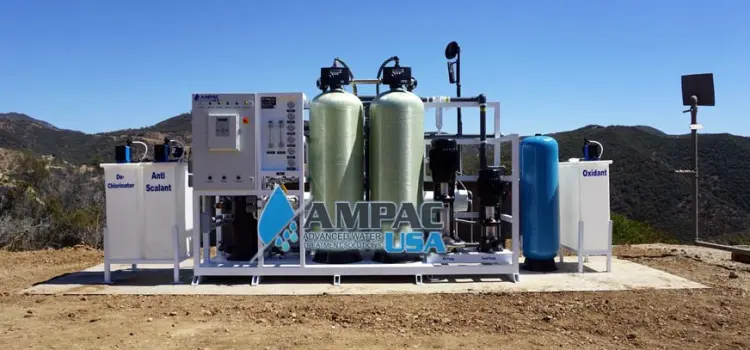Last updated on April 14th, 2025 at 12:08 pm
Stuart W.Krasner1⁎⁎AiJia1Chih-Fen T.Lee1RahaShirkhani1Joshua M.Allen2⁎⁎⁎Susan D.Richardson2Michael J.Plewa34
https://www.sciencedirect.com/science/article/abs/pii/S1001074222001875?via%3Dihub
Abstract
A survey was conducted at eight U.S. drinking water plants, that spanned a wide range of water qualities and treatment/disinfection practices. Plants that treated heavily-wastewater-impacted source waters had lower trihalomethane to dihaloacetonitrile ratios due to the presence of more organic nitrogen and HAN precursors. As the bromide to total organic carbon ratio increased, there was more bromine incorporation into DBPs. This has been shown in other studies for THMs and selected emerging DBPs (HANs), whereas this study examined bromine incorporation for a wider group of emerging DBPs (haloacetaldehydes, halonitromethanes). Moreover, bromine incorporation into the emerging DBPs was, in general, similar to that of the THMs. Epidemiology studies that show an association between adverse health effects and brominated THMs may be due to the formation of brominated emerging DBPs of heath concern. Plants with higher free chlorine contact times before ammonia addition to form chloramines had less iodinated DBP formation in chloraminated distribution systems, where there was more oxidation of the iodide to iodate (a sink for the iodide) by the chlorine. This has been shown in many bench-scale studies (primarily for iodinated THMs), but seldom in full-scale studies (where this study also showed the impact on total organic iodine. Collectively, the THMs, haloacetic acids, and emerging DBPs accounted for a significant portion of the TOCl, TOBr, and TOI; however, ∼50% of the TOCl and TOBr is still unknown. The correlation of the sum of detected DBPs with the TOCl and TOBr suggests that they can be used as reliable surrogates.
The post Relationships between regulated DBPs and emerging DBPs of health concern in U.S. drinking water appeared first on Facts About Water.
Source: Water Feed








